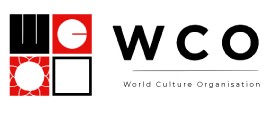Traditional Wau (Malaysian Kites)
The Wau is a traditional Malaysian kite that represents one of the most beautiful and sophisticated forms of folk art in Southeast Asia. These intricate kites are not just toys but are considered works of art that showcase the creativity and craftsmanship of Malaysian artisans.


The Art of Wau Making
Traditional Wau kites are handcrafted using bamboo frames covered with colorful paper or cloth. The designs often feature intricate patterns inspired by nature, mythology, and Islamic art. Each region in Malaysia has its own distinctive style and design motifs.
Types of Traditional Wau:
- Wau Bulan: Moon kite with crescent shape
- Wau Kucing: Cat-shaped kite
- Wau Merak: Peacock-inspired design
- Wau Daun: Leaf-shaped kite
- Wau Jala Budi: Net of kindness design
- Wau Kapal: Ship-shaped kite
- Wau Burung: Bird-inspired kite
- Wau Cegar: Traditional diamond shape
Cultural Significance:
- Symbol of Malaysian heritage and identity
- Featured in festivals and competitions
- Represents the harmony between tradition and nature
- Important element in Malaysian tourism promotion
- Educational tool for understanding Malaysian culture
- Source of livelihood for traditional craftsmen
Construction Materials:
Traditional Wau are made using natural materials including bamboo for the frame, colored paper or cloth for covering, and natural glues and dyes. The decorative elements often include metallic papers, ribbons, and sometimes small bells that create musical sounds when the kite flies.






